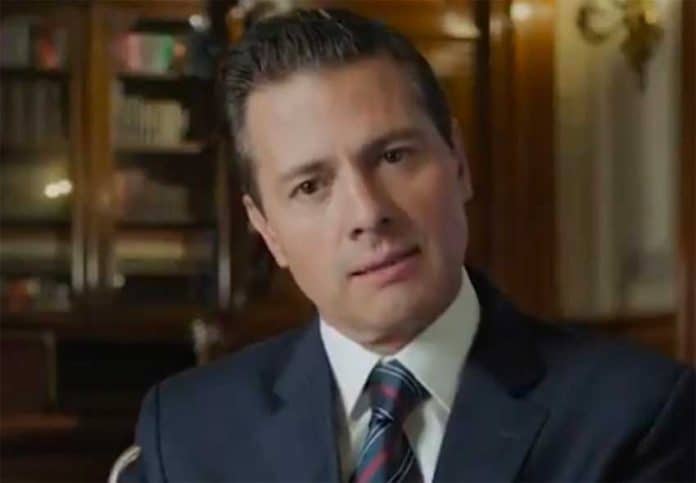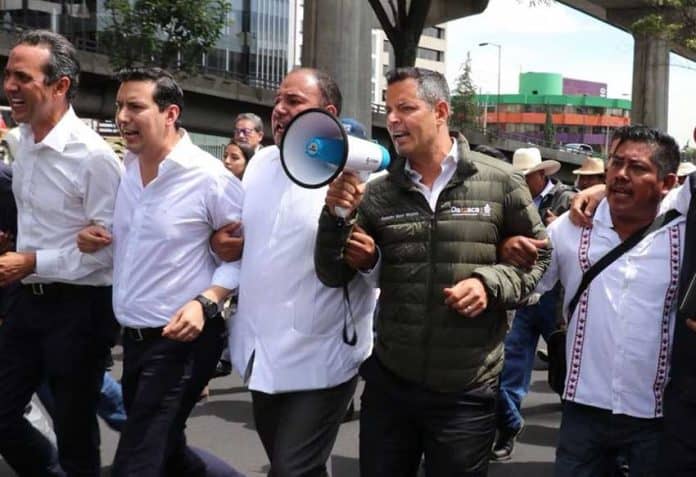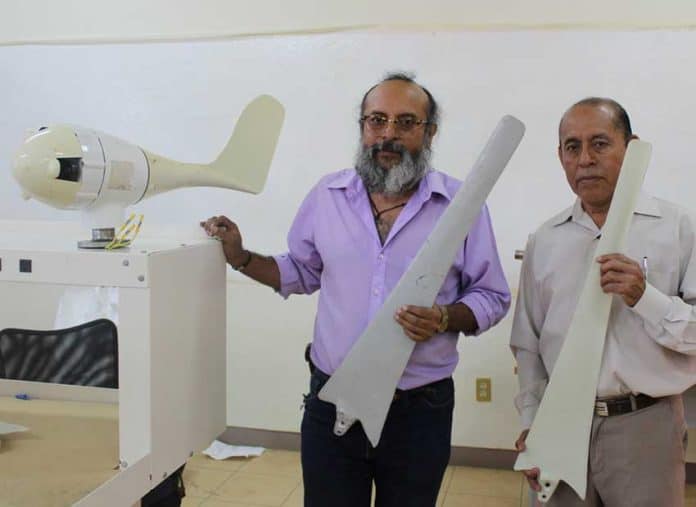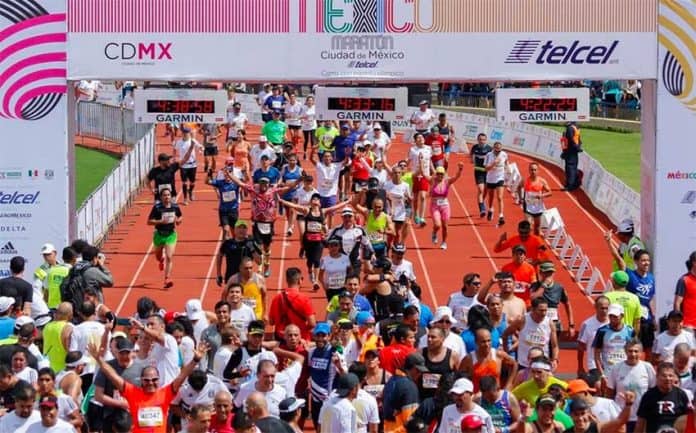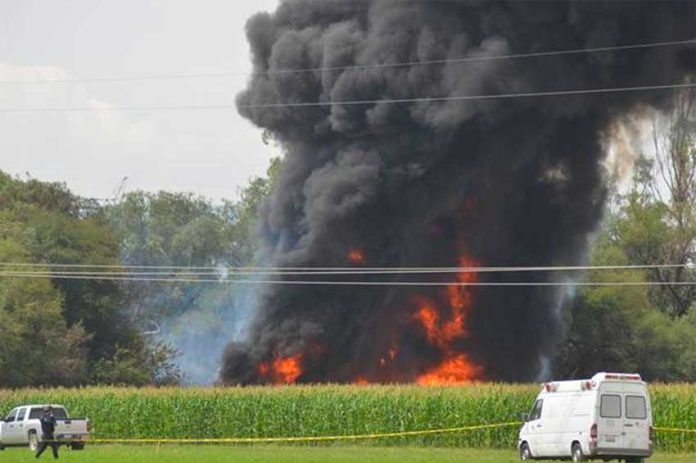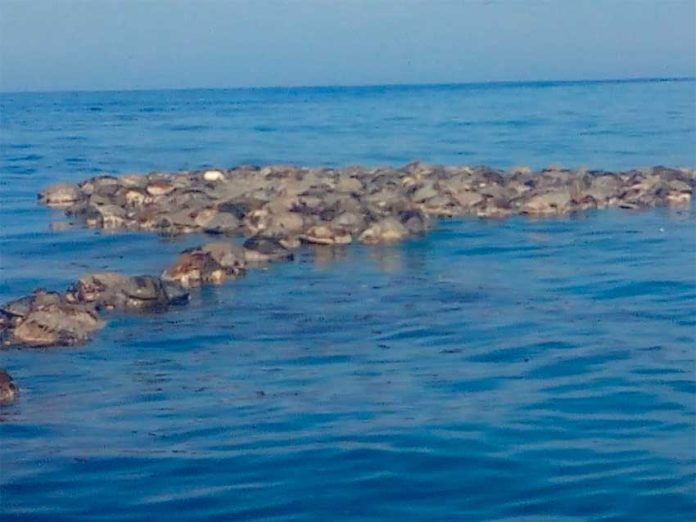Mexico’s central bank was a bearer of bad news for incoming president Andrés Manuel López Obrador today, lowering its growth expectations for his first full year in office.
In its quarterly inflation report, the Bank of México (Banxico) predicted growth of 1.8% to 2.8% in 2019, down from a range of 2.2% to 3.2% in its previous report.
López Obrador said earlier this month that Mexico has the capacity to double its rate of economic growth from 2% to 4%, and that the private sector is committed to doing its part to achieve it.
Banxico also lowered its growth outlook for this year to a range of 2% to 2.6% compared to a 2% to 3% range in its last forecast.
Bank of México governor Alejandro Díaz de León explained that “the most important factor for which we decided to reduce our growth expectations for these two years was the economic growth result of the second quarter.”
The quarterly report said that “in the second quarter of 2018, economic activity contracted due to declines in primary and secondary [sector] activities as well as a loss of dynamism in the services sector.”
Díaz de Léon did, however, express optimism about the trade pact reached this week between Mexico and the United States, describing it as “a very important step” and predicting that a final agreement could trigger new investment and boost growth.
“We are very optimistic that this agreement and this understanding to modernize the commercial relationship can be extended and finalized in the next weeks, months,” he said.
“It would clearly be an element of uncertainty that would diminish considerably.”
With respect to inflation, the central bank made upward revisions for both 2018 and 2019.
Inflation will reach 4.2% in the last quarter of this year, Banxico said, compared to an estimate of 3.8% in its previous report. Inflation of 3.3% was predicted for 2019, up from 3.1%.
The upward revisions were due to higher than expected energy prices but inflation would near the bank’s target of 3% in the first half of 2020, the report said.
The Bank of México also slightly revised its employment forecasts for this year and next, estimating that between 670,000 and 770,000 new jobs would be registered by the Mexican Social Security Institute (IMSS) this year.
The figures are 10,000 fewer at each end of the range compared to its previous forecast
The bank predicted the same number of jobs would be created next year, 20,000 fewer than its previous forecast.
One job creation program López Obrador has announced since his victory in the July 1 election is an apprenticeship scheme for young people called “Youths building the future.”
Source: El Financiero (sp)



